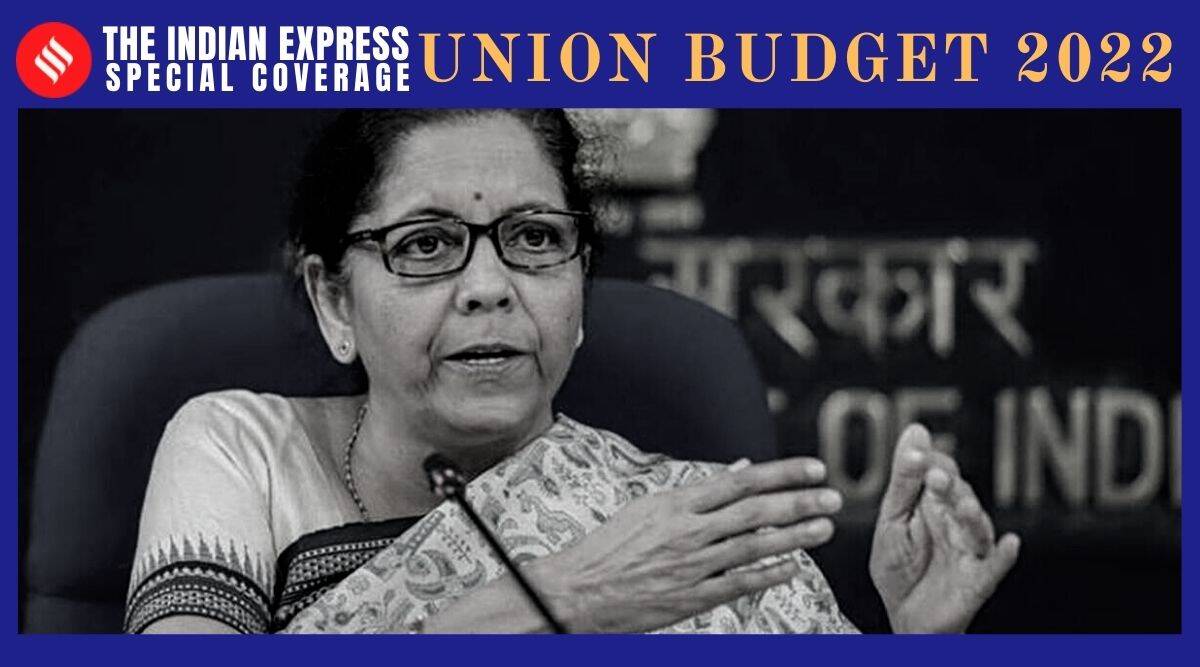 Most of our budgets over the past decades have not factored in the real needs of the people, especially that of rural citizens, and have been instruments that have largely served the interests of the ruling political class.
Most of our budgets over the past decades have not factored in the real needs of the people, especially that of rural citizens, and have been instruments that have largely served the interests of the ruling political class. Budget 2022 has assured us a comfortable passage from the “achhe din” initiated in 2014 to an “amrit kaal” until 2047. From now onwards, there will be no poverty, deprivation, unemployment, ill-health or pandemics. For rural India, much is promised via the “amrit” (nectar) that digital technologies, interlinked rivers, world-class infrastructure, super-fast trains, and new-age start-ups can enable. In this “amrit kaal”, the rural poor will receive free rations to satiate their hunger (but not meet their nutritional needs), children will attend schools improved via the digital PM e-Vidya, youth will attend ITIs to gain skills in the new digital technologies or have access to the new “digital university”, healthcare access will be assured via the digital health platforms, and farmers across India can learn about organic farming from the model farms that will be developed along the banks of the Ganga.
Applauding the budget and its sacred visions (blessed by a citation from the Shanti Parva), the Prime Minister himself has told the nation that this budget heralds, “vikas ka naya vishwas” (new hope for progress) and has assured us the plenitude of “more infrastructure, more investment, more growth and more jobs”. Water, gas, toilets are what everybody will get and “garib ka kalyan” (welfare of the poor) — that vexatious and persistent national goal —will be achieved.
Most of our budgets over the past decades have not factored in the real needs of the people, especially that of rural citizens, and have been instruments that have largely served the interests of the ruling political class. Yet, this budget stands out for extending the cultural ideology and political strategies of the BJP. In what is an audacious assertion of overconfidence, this budget is positioned as a blueprint for realising a BJP-reconstructed India in 2047. The strategy to realise this, the Economic Survey claims, is to shift from the previous dominant “waterfall” (or detailed study) approach to an “agile” approach in which “feedback loops” and “high frequency indicators” related to data from GST collections, power consumption, mobility, digital payments, satellite imagery, toll collections etc. are drawn on to make budgetary allocations and plans. Overlooked, significantly, are data and the pressing responsibilities to address the complex structural deficits of rural India (the caste-class skewed distribution of land and natural resources, the inadequate public institutions of health and education, the persisting problems of malnutrition etc.), the impact of demonetisation from which many are yet to recover, the pandemic’s most vulnerable victims, and the now full-blown manifestations of climate emergency. Nor is there any interest in articulating and deploying a vision in which the strengths of India’s biodiversity, rich agricultural and ancillary crafts industries can be revived and strengthened. Instead, as has become all too common since the 1990s, budgetary allocations for rural India are marked by a combination of economic neglect and political rescue. Sufficient funds are not allocated to enable a decent living standard for the majority. Instead, there are allocations that reap political dividends by catering to the interests of a narrow class of people — primarily large-farmers, who are now also emerging as regional satraps and entrepreneurs.
In a budget that is suffused with the promotion of digital technologies, the failure to envisage that the basic services of health and education cannot be met via technology indicates the callous treatment of rural citizens. As public sectors that have sharply declined over the years, both health and education require not remote and technology-enabled access but brick-and-mortar institutions, with real and human personnel to cater to health and learning needs.
The pressing problem of unemployment, made all the more severe by poor-quality mass education, should have received attention via the creation of learning, skilling and employment opportunities for rural natural resource restoration, agricultural and agri-processing cooperatives, and for a range of new services and skills that now form part of the rural service economy. Instead, this “amrit” budget postulates the possibilities of training youth in ITIs for employment in the digital economy, and assumes that the availability of 5G networks and fibre optics will resolve the myriad problems of rural India.
The sheer insouciance towards farmers is best highlighted in the fact that the allocation for MSP of crops is not substantial and is a slap in their faces for forcing the BJP to recall the three farm acts. In co-opting the call to transit to organic agriculture, there is no assurance that the diverse agri-cultures of rural India, including the millet-growing belts, will be sustained or enabled to grow to a sustainable and profitable level. One grain of hope in all this is that, like all budgets and their promises, much of this will not be translated into efforts on the ground.
The writer, a social anthropologist, is with the Punarchith Collective
- The Indian Express website has been rated GREEN for its credibility and trustworthiness by Newsguard, a global service that rates news sources for their journalistic standards.

